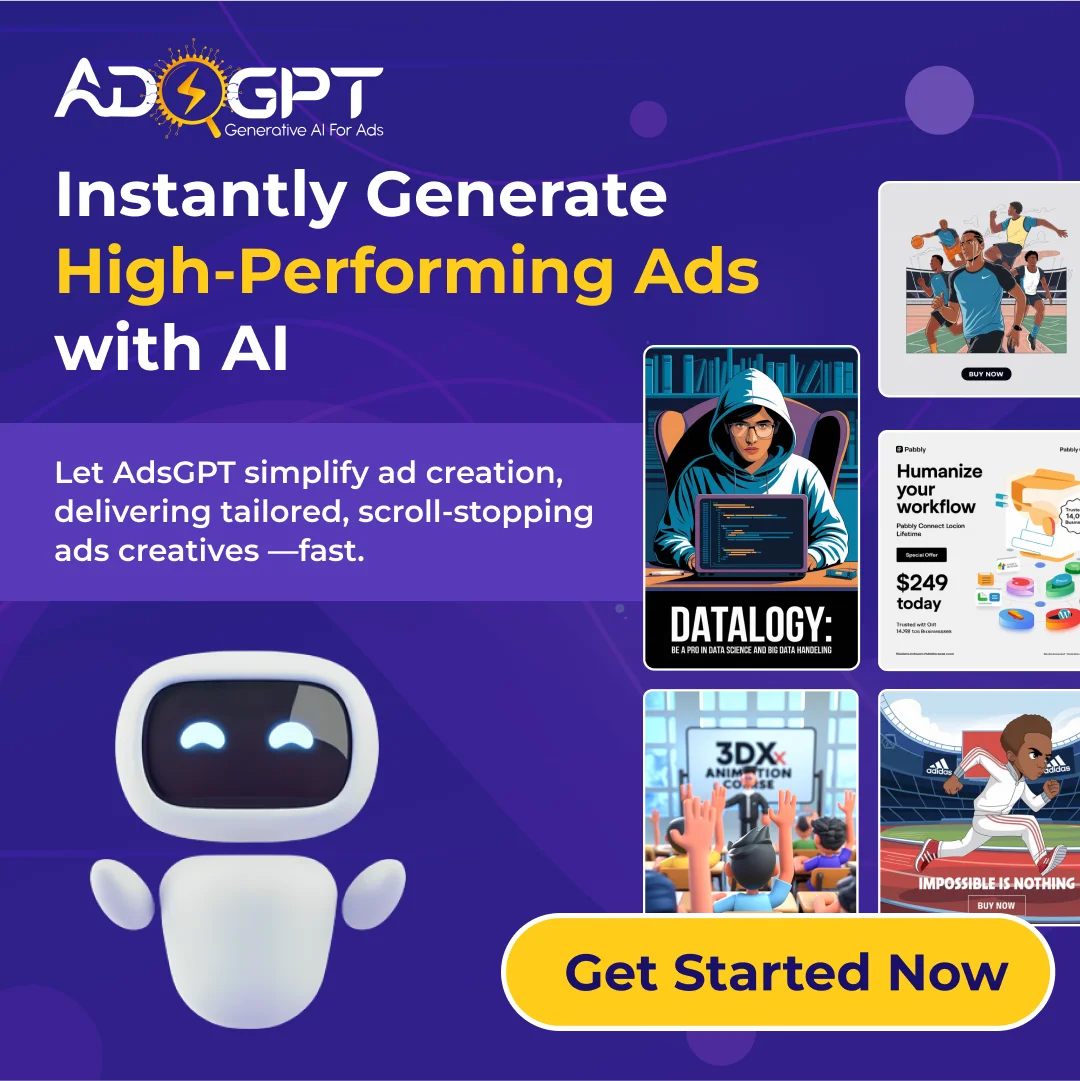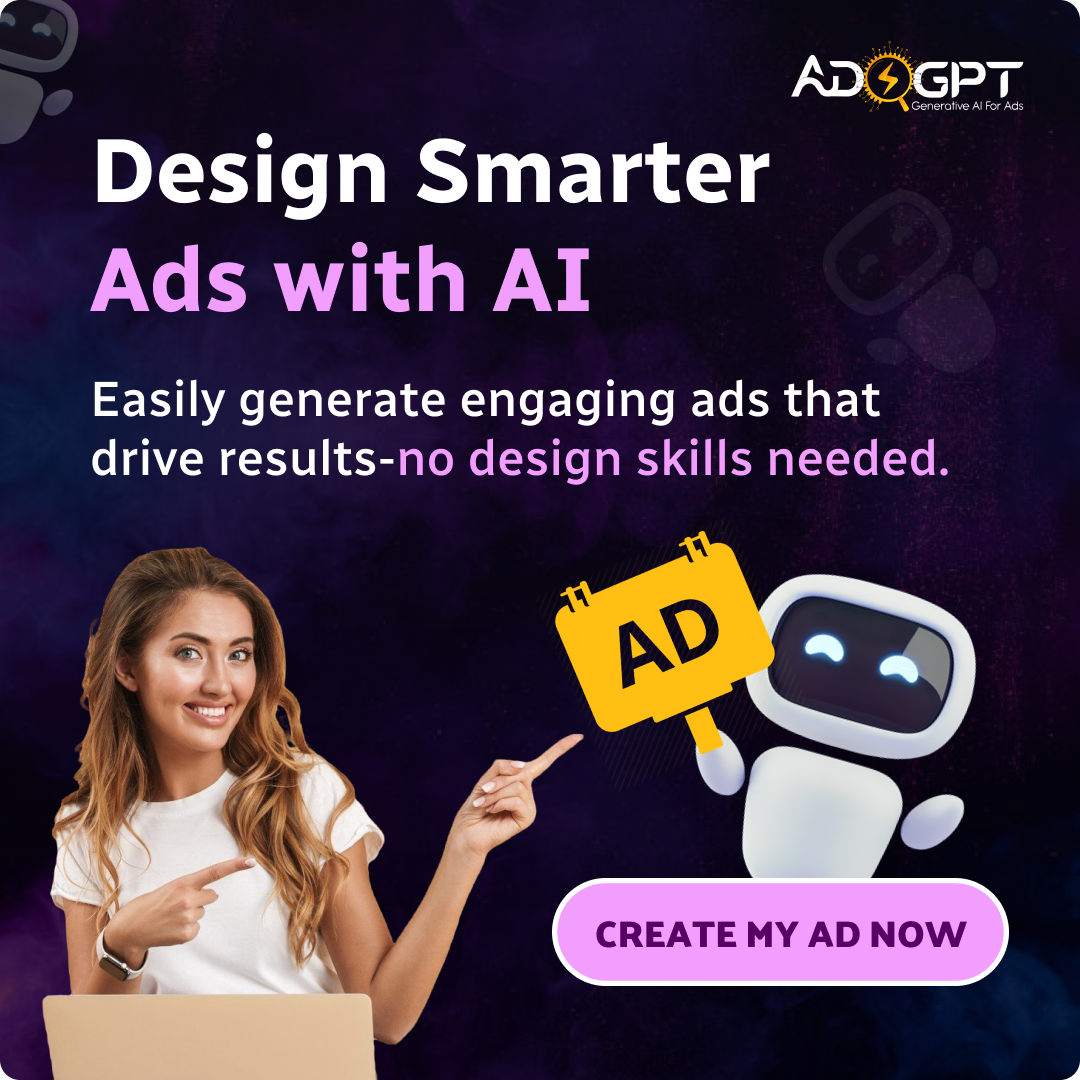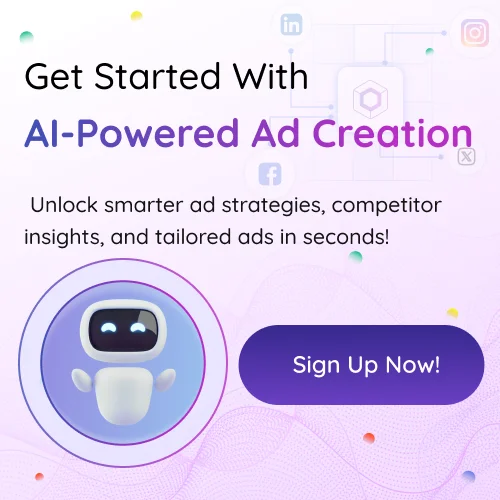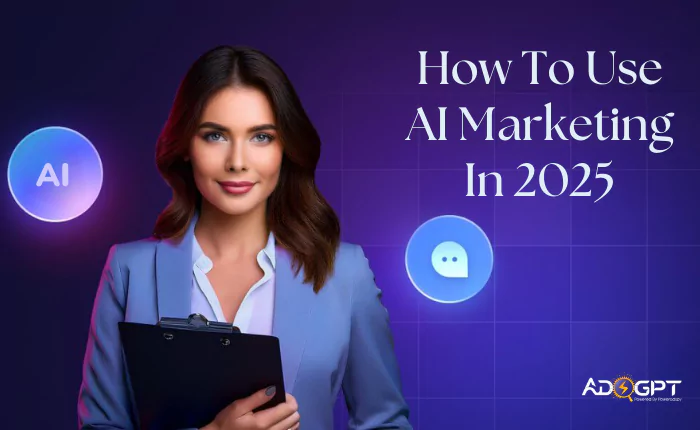
AI marketing is the lifeline for every solo marketer buried under Slack pings, half-finished Canva designs, and a coffee mug that never seems to empty. Each notification feels urgent, but real growth isn’t about moving faster—it’s about moving smarter. If you’ve ever stayed up late polishing ad copy only to learn the deadline shifted, you know exactly how draining the chaos can be.
A recent survey reveals that 74% of U.S. marketers now rely on intelligent automation tools to meet demand. By the end of this playbook, you’ll have a plug-and-play checklist and a free template pack to simplify your workflow and reclaim your evenings. Let’s turn that chaos into calm—starting now.
In a hurry? Listen to the podcast now.
What AI Marketing Means In 2025
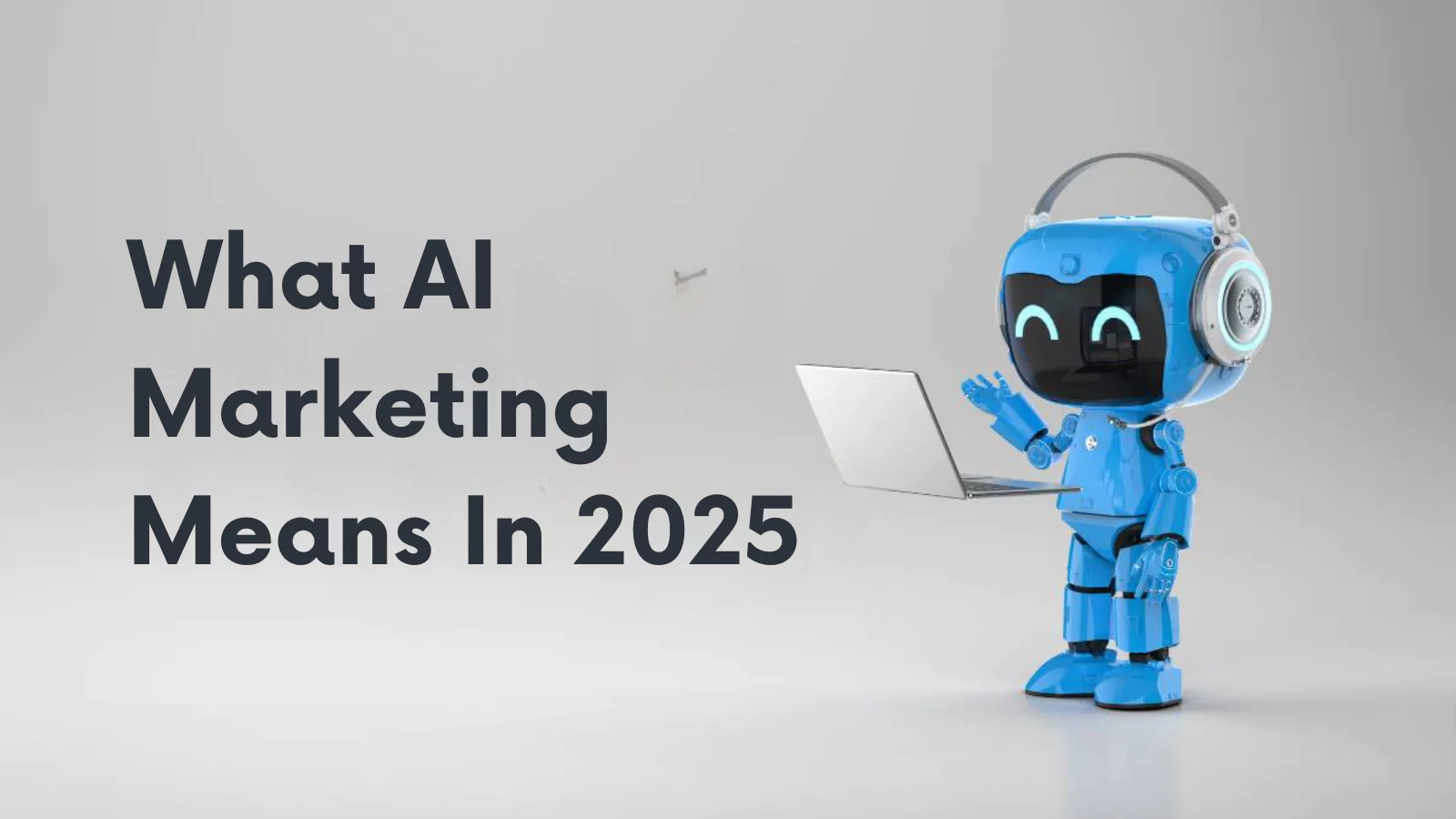 AI marketing in 2025 is all about working smarter, not harder. It utilizes machine learning, automation, and real-time data analysis to enable marketers to plan, execute, and optimize campaigns with minimal manual input. But it’s no longer just about automating routine tasks—AI is now actively shaping strategies based on how audiences behave, shifting gears the moment attention drops or engagement stalls.
AI marketing in 2025 is all about working smarter, not harder. It utilizes machine learning, automation, and real-time data analysis to enable marketers to plan, execute, and optimize campaigns with minimal manual input. But it’s no longer just about automating routine tasks—AI is now actively shaping strategies based on how audiences behave, shifting gears the moment attention drops or engagement stalls.
Not long ago, AI in marketing meant chatbots answering FAQs. Today, it powers entire funnels—from identifying high-converting audiences to crafting personalized experiences that adapt in real time. Think of it like a smart GPS: if a customer veers off course, AI recalculates instantly, offering a better path to conversion.
This evolution means marketers don’t need to guess what might work. Instead, they get timely insights and automated actions that drive measurable results. And with tools now more intuitive and accessible, even small teams can compete like giants.
In the next section, we’ll dive into eight quick-win plays that put AI marketing to work—each one designed to tackle common pain points and deliver faster, smarter outcomes. Ready to see what that looks like in practice? Let’s explore.
8 Quick Wins For Smarter AI Marketing
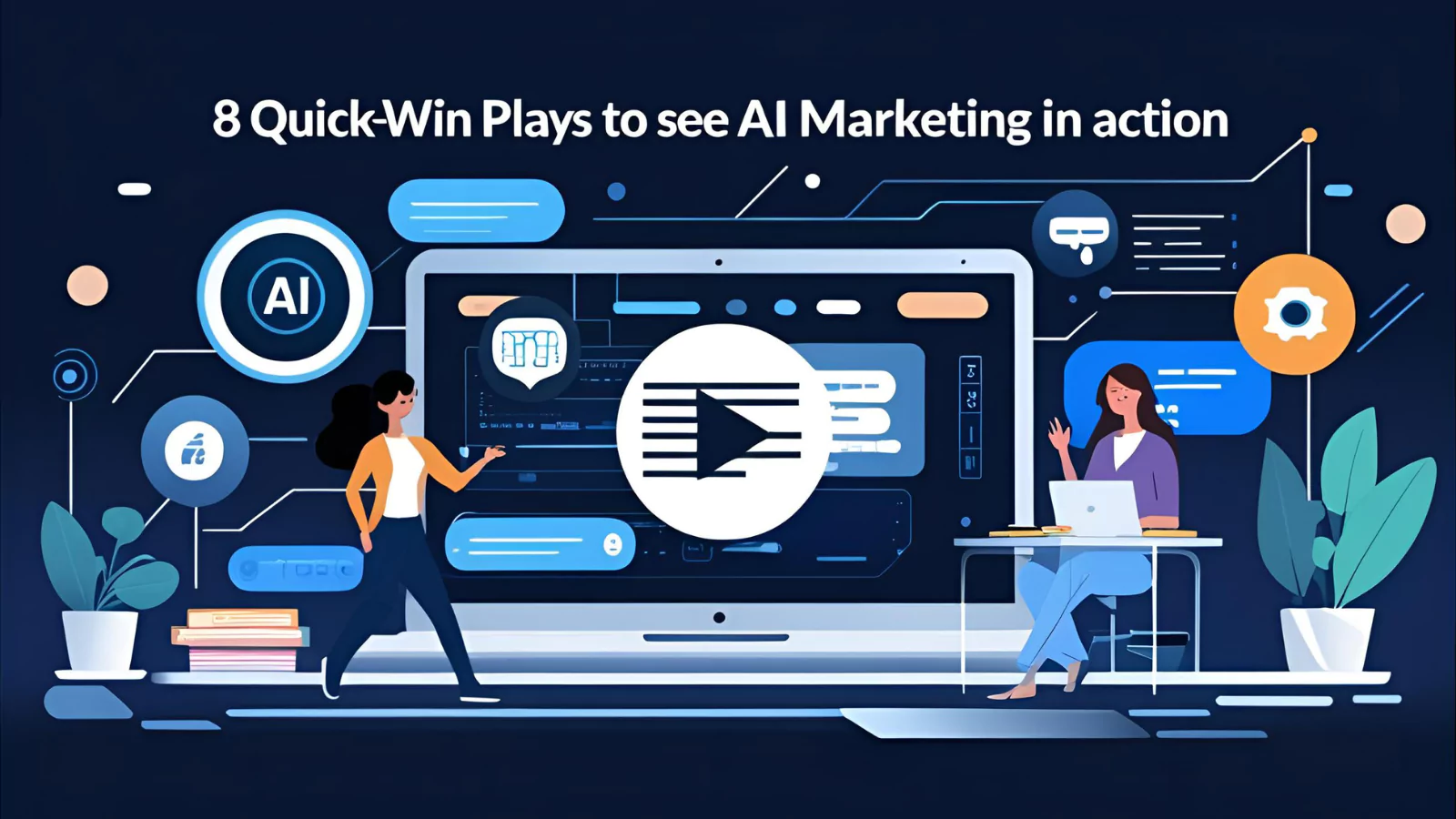 Now that you understand what AI marketing means in 2025, let’s move from concept to action. Below are eight quick-win plays that solve common headaches marketers face daily. Each one tackles a pain point, shows how AI helps, and gives you a real-world example with a measurable outcome.
Now that you understand what AI marketing means in 2025, let’s move from concept to action. Below are eight quick-win plays that solve common headaches marketers face daily. Each one tackles a pain point, shows how AI helps, and gives you a real-world example with a measurable outcome.
1. Data Detective
Pain: You’re drowning in data from GA4, but can’t see who’s converting.
AI Fix: Let AI tools run cohort analysis to uncover hidden audience segments—those you may never spot manually.
Micro-Case: A B2B software company used AI to find a niche group of C-suite executives visiting their blog but never converting. By tailoring a campaign for them, they increased MQLs by 28%.
KPI to Watch: Segment conversion rate
Now that you’ve identified who’s most likely to convert, let’s tackle how you communicate with them efficiently.
2. First-Draft Creator
Pain: You spend hours drafting blog posts, ad copy, and social captions.
AI Fix: Input bullet points and let an AI tool transform them into full blog drafts or scroll-stopping AI ad creative.
Micro-Case: A lean startup used this method to speed up its content pipeline. They reduced copywriting time by 70% and added two extra posts to their weekly publishing schedule.
KPI to Watch: Content throughput
You’ve saved time writing—next, let’s look at how to handle the admin chaos that clogs your day.
3. Admin Assassin
Pain: Meeting notes pile up, folders stay disorganized, and manual tasks slow everything down.
AI Fix: Automatically summarize Zoom meetings, transcribe calls, and tag files based on topic or project.
Micro-Case: A consulting firm implemented AI admin tools and reclaimed nearly five hours per week. They also eliminated common issues like missing documents or mislabeled folders.
KPI to Watch: Time spent on admin
With your admin tasks running on autopilot, it’s time to personalize your customer journey.
4. Personalization Engine
Pain: Static landing pages don’t adapt to different types of visitors or locations.
AI Fix: Use real-time data like firmographics, weather, or location to dynamically swap headlines, CTAs, or offers.
Micro-Case: An insurance agency created tailored landing pages for cities facing extreme weather. Form completions shot up by 42%.
KPI to Watch: Landing-page conversion rate
Once your pages adapt to visitors, you’ll want your ad spend to adapt too. Let’s optimize that next.
5. Media-Buying Mentor
Pain: Adjusting ad bids manually on platforms like TikTok and Meta is time-consuming and often reactive.
AI Fix: AI marketing tools analyze ad performance in real time and automatically adjust bids based on what’s working.
Micro-Case: A direct-to-consumer brand used this strategy to drop its cost-per-acquisition by 15% within the first two weeks.
KPI to Watch: Cost-per-click
(Also, a smart way to explore the role of AI in digital marketing.)
Great—you’ve mastered bids. Now let’s capture leads, even while you sleep.
6. 24/7 Chat Concierge
Pain: You’re losing leads that come in during off-hours or weekends.
AI Fix: Deploy a smart chat assistant that can answer questions, qualify leads, and schedule demos—any time, day or night.
Micro-Case: A SaaS company installed a 24/7 chatbot and doubled its weekly demo bookings without increasing ad spend.
KPI to Watch: Chat-to-demo conversion rate
With new leads coming in constantly, timing your emails perfectly becomes even more important. Let’s get into that.
7. Send-Time Psychic
Pain: Your emails are landing when your audience is too busy—or asleep.
AI Fix: Analyze each subscriber’s open history and send emails at the exact time they’re most likely to click.
Micro-Case: A fintech brand ran a test using predictive send-time tools and saw open rates rise from 22% to 35%.
KPI to Watch: Open rate lift
(This play is a powerful example of AI for marketing when you need relevance and timing.)
Finally, let’s look at how to protect your customer base by acting before they churn.
8. Churn Crystal Ball
Pain: Free-trial users disappear before converting to paying customers.
AI Fix: Monitor in-app behavior to identify at-risk users and trigger retention workflows automatically—before the trial ends.
Micro-Case: A CRM platform used churn prediction to launch in-app messages and email nudges. They cut trial churn by 18% in just one quarter.
KPI to Watch: Trial-to-paid conversion rate
(Yet another solid example of AI digital marketing driving revenue where it counts most.)
That wraps our eight quick-win plays. You’ve seen how each one connects a daily marketing struggle with a practical AI-powered solution. But now you’re probably wondering—how do we create this kind of content so quickly?
How Do You Draft Copy So Fast?
After reading Play 4, someone messaged us with a question we hear often:
“How do you draft this kind of copy so quickly—and keep it consistent?”
The truth is, while creativity plays a big role, speed and structure come from using the right tools. Writing polished content on demand—whether it’s blog intros, ad variations, or campaign briefs—requires more than just inspiration. It demands systems that work with you, not against you.
That’s where AI marketing steps in to help. By automating the early stages of content development—outlining, idea generation, tone matching—you’re no longer starting from scratch. Instead, you’re refining, customizing, and building on a strong foundation. The result? Less time spent staring at a blank page, and more time creating content that converts.
Behind the scenes, we rely on a tool that’s purpose-built for this exact process. It streamlines brainstorming, keeps our messaging aligned with our brand tone, and even predicts which ad angles will perform best.
If you’re wondering what that tool is, it’s called AdsGPT. We’ll show you exactly how it works in the next section.
Read More
AI Ad Generator: Boost Your Ads with Ultimate Efficiency
Can AdsGPT Be The AI Tool That Transforms Your Ad Copy?
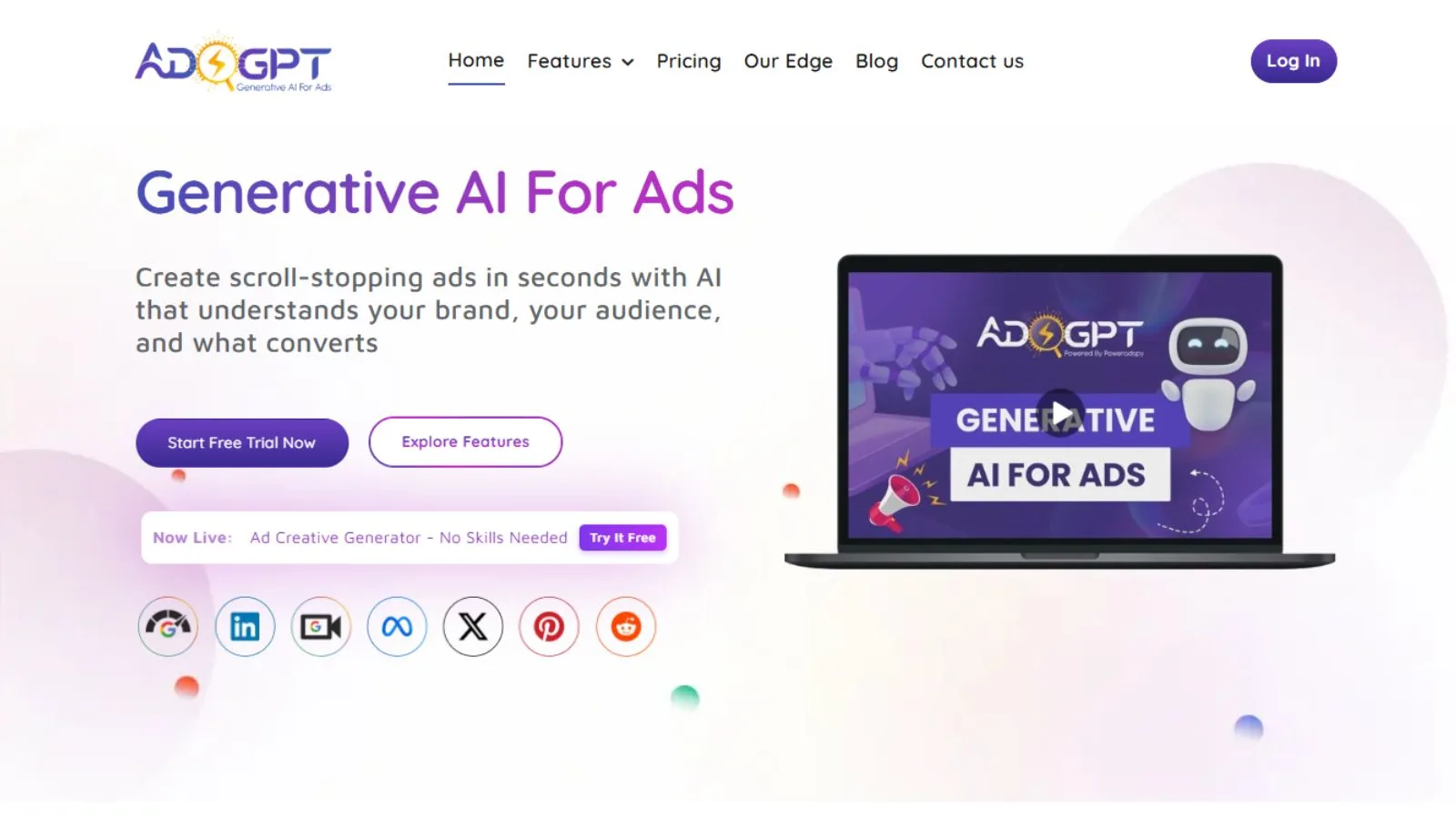 AdsGPT is an advanced AI-powered ad copy generator built to simplify and speed up your entire ad creation process. It crafts high-converting, platform-ready ads in seconds—making it an essential tool for any team embracing the power of AI marketing. Whether you’re launching a search campaign or promoting on social media, AdsGPT helps you write smarter, not harder.
AdsGPT is an advanced AI-powered ad copy generator built to simplify and speed up your entire ad creation process. It crafts high-converting, platform-ready ads in seconds—making it an essential tool for any team embracing the power of AI marketing. Whether you’re launching a search campaign or promoting on social media, AdsGPT helps you write smarter, not harder.
Here’s what sets AdsGPT apart:
Quick Ad Copy Generation
No more staring at blank screens. AdsGPT instantly produces tailored ad copy that’s aligned with your campaign goals—helping you move from idea to execution in record time.
AI-Driven Creativity
Combining your brief with real-time industry insights, AdsGPT writes ad content that’s not only engaging but also conversion-focused. It adapts to your tone and resonates with your audience.
Platform-Specific Optimization
Each platform has its own best practices. AdsGPT adjusts your messaging to meet the unique requirements of Google, Meta, LinkedIn, and more—so your ads always hit the mark.
Competitor Ad Inspiration
Want to stay ahead of the curve? AdsGPT analyzes competitor ads and delivers high-performing variations you can use instantly—keeping your brand sharp and competitive.
Track and Refine
AdsGPT saves every campaign you create, making it easy to review what worked, optimize what didn’t, and build stronger campaigns moving forward.
With AdsGPT, AI marketing becomes more efficient, creative, and results-driven—giving your team the edge it needs to win in 2025.
Final Thoughts
AI marketing isn’t here to replace your creativity—it’s here to enhance it. From automating the repetitive to personalizing at scale, the tools and tactics you’ve explored in this playbook are designed to help you do more with less. Whether you’re a solo marketer or part of a growing team, AI can give you the insights, speed, and flexibility needed to stand out in a crowded space.
The future of AI marketing lies in using smart systems to support bold ideas. With the right tools—like AdsGPT—you can move faster, test smarter, and focus your energy where it matters most: strategy and storytelling.
Ready to make your next campaign smarter, smoother, and more effective? Try AdsGPT now.
FAQs
1. How can AI marketing help small businesses with limited budgets?
It allows small businesses to optimize ad spend, automate daily tasks, and focus resources on strategies that deliver higher ROI.
2. What skills should marketers develop alongside AI tools?
Skills like storytelling, creativity, and data interpretation ensure campaigns remain authentic and effective.
3. Are there risks of over-relying on AI in marketing?
Yes, over-reliance can result in generic messaging or compliance risks, so human oversight is still essential.
4. How does AI enhance customer experience?
By tailoring content and timing communication, AI creates a more personalized journey that strengthens loyalty.
5. Can AI adapt to shifting consumer trends in real time?
AI systems analyze patterns instantly and adjust campaigns quickly, keeping brands aligned with audience behavior.


